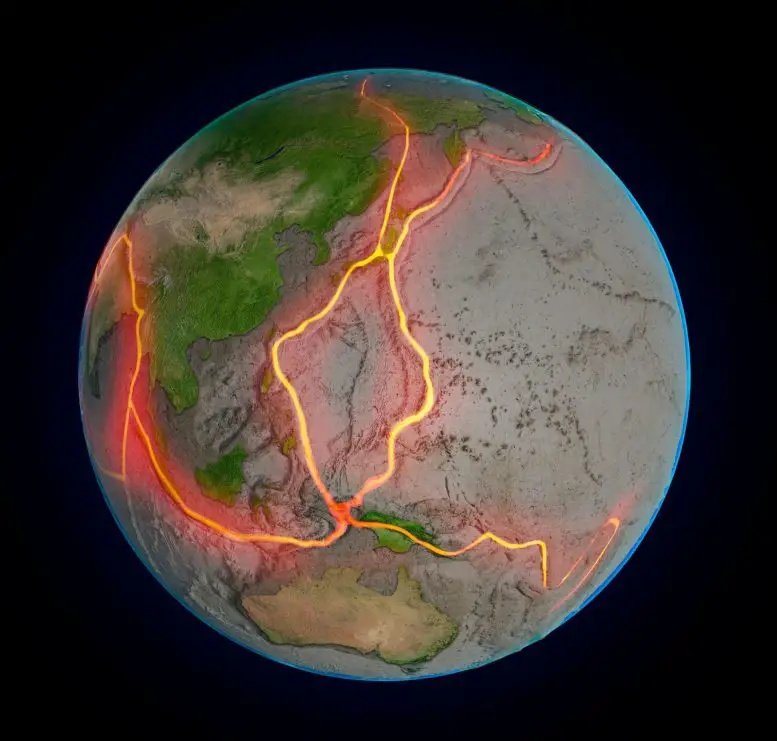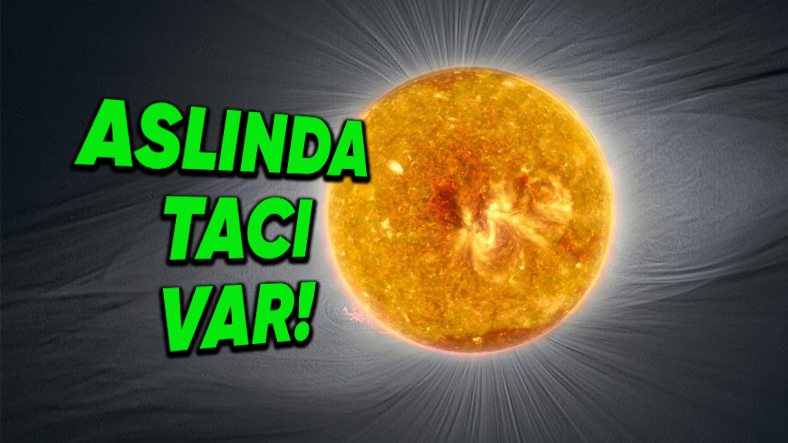El Niño events, which caused warming oceans, played a key role in the largest extinction event in Earth history, which occurred approximately 252 million years ago, according to new research. Scientists have recently learned a lot about the extraordinary environmental changes that occurred during the Permian-Triassic period, which ultimately led to the extinction of life on land and in the oceans.
Cause of mass extinction unknown
For many years, scientists have linked mass extinctions to massive volcanic eruptions in the region now known as Siberia. These eruptions released large amounts of carbon dioxide, accelerating climate warming and causing the collapse of ecosystems on both land and sea.
But one mystery remained: Why did life on land, including normally resilient species such as plants and insects, suffer as much as marine life? The research was published in the journal Science It is managed by the University of Bristol and the China University of Geosciences (Wuhan).
“Climate warming alone cannot cause such a devastating extinction event because, as we see today, when the tropics get too hot, species migrate to cooler, higher latitudes,” said Alexander Farnsworth, a senior research fellow at Bristol and one of the lead authors.
“Our research shows that increasing greenhouse gas emissions are not only making much of the planet hotter, but also increasing weather and climate variability, making the planet even more ‘wild’ and uninhabitable.”
Unpredictable climate fluctuations over decades
The study shows that the problem during the Permian-Triassic cataclysm was not just extreme temperature, but also unpredictable fluctuations in climate conditions over decades. “Often life could not adapt to these conditions, but fortunately some things survived and without them we would not be here today. “This was almost, but not quite, the end of life on Earth,” said paleoclimatologist Yadong Sun of the China University of Geosciences, one of the study’s authors.
Temperature fluctuations during this period were detected by analyzing oxygen isotopes in the fossilized teeth of conodonts, small, extinct swimming organisms.
Evidence of severe climate change
The researchers found a significant decrease in temperature gradients, especially in low- and mid-latitude regions, showing how dramatically the climate is changing.
“In fact, it got very hot everywhere. Farnsworth said the changes responsible for the observed climate patterns were profound, with El Niño events much more intense and prolonged than what we see today. “Species were not equipped to adapt or evolve quickly enough.”
Extreme El Niño events
El Niño events, which cause significant changes in weather patterns and temperatures today, were much more extreme and prolonged during the Permian-Triassic period. For example, recent El Niño events have caused heat waves in North America and resulted in record global temperatures, such as the June 2024 heat wave, which was 15°C above normal.
Although today’s El Niño events usually last one to two years, the Permian-Triassic crisis caused Mega El Niño events to last much longer, causing decades of drought followed by years of floods, preventing most species from adapting.
Earth’s climate is in crisis
Paul Wignall, professor of palaeoenvironments at the University of Leeds and co-author of the study, emphasized that “climate is everywhere” and makes survival difficult. This extreme climate variability also contributed to frequent forest fires, as evidenced by the abundance of coal found in rock layers of the period.
“If you have a drought-prone climate, forest fires become very common. The world was stuck in a state of crisis where the land burned and the oceans stood still. There was nowhere to hide,” added paleontologist David Bond from the University of Hull.
The study highlights why the Permian-Triassic extinction event was so much more destructive than any other volcanic event in Earth history.
Deadly feedback loop
Researchers found that these mega-El Niños create a feedback loop, causing vegetation to die. Plants are essential for removing CO2 from the atmosphere and form the backbone of the food web. This means that declines are further increasing atmospheric CO2 accumulation and exacerbating the warming effects of existing volcanism. This feedback loop also helps explain a long-standing puzzle: Why did terrestrial extinctions occur tens of thousands of years before marine extinctions?
Devastatingly rapid climate change
“While oceans were initially protected against warming, mega-El Niño caused land temperatures to exceed the temperature tolerance of most species so quickly that they were unable to adapt over time,” Sun explained. Only species that could migrate quickly had a chance of survival.
Mass extinctions are rare but significant events in Earth history that change life and evolution.
Farnsworth concluded: “The Permian-Triassic mass extinction, although devastating, eventually gave rise to dinosaurs, which became the dominant species, just as the Cretaceous mass extinction gave rise to mammals and eventually humans.” like.” Farnsworth concluded.













